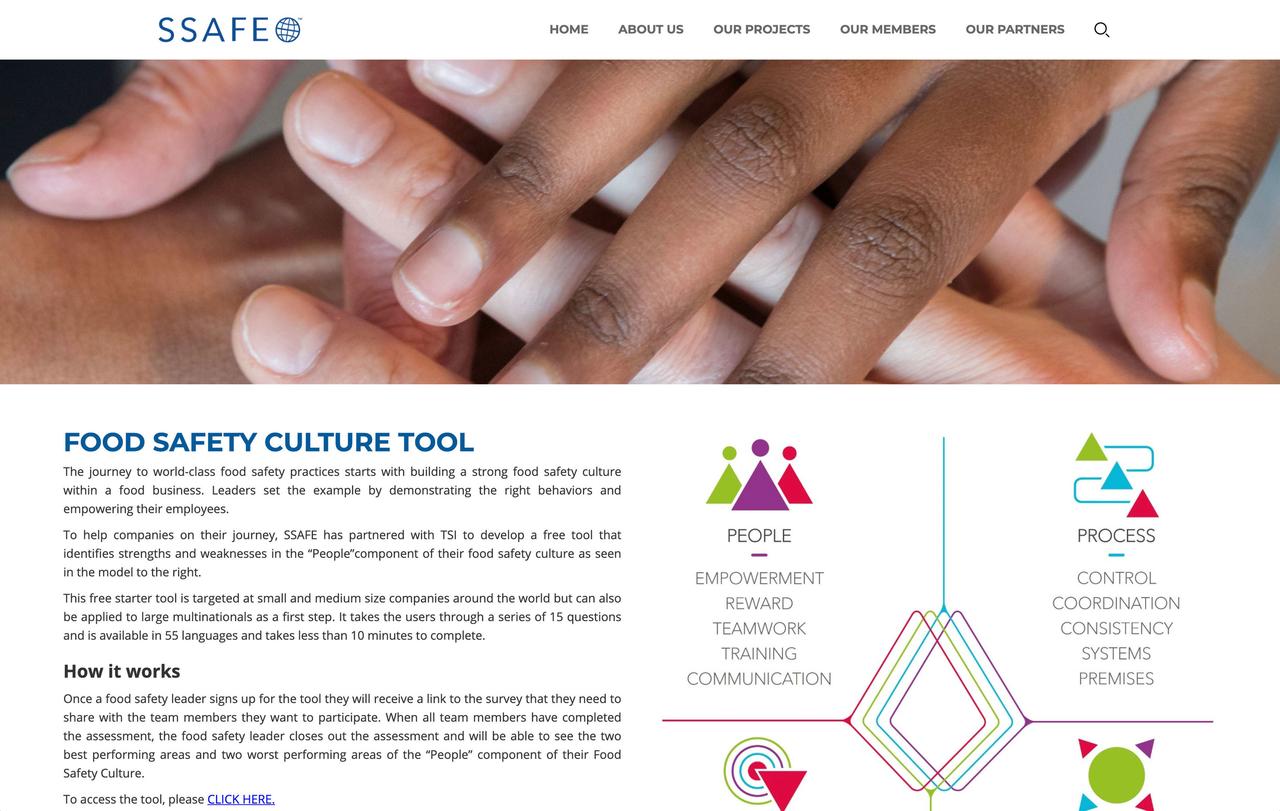
SCROLL
DOWN
NAMI Releases Food Safety Booklet for Meat and Poultry Industry
The North American Meat Institute (NAMI) has released a new Food Safety Equipment Design Principles booklet to address food safety hazards for all equipment used in meat and poultry facilities, expanding on the institute’s existing principles and checklist to encompass all aspects of food safety, with a particular focus on foreign material.
Equipment design is critical in reducing the risk of contamination of food products by pathogens and foreign material. Optimizing the design and performance criteria for equipment and related systems by establishing industry-wide recommendations included in Food Safety Equipment Design Principles benefits the entire industry by promoting principles intended to reduce contamination and associated recalls. These principles were developed for all equipment used in meat and poultry establishments to address various food safety hazards, but they may be applicable to other similar wet-cleaning food operations.
The booklet includes an introduction and a glossary with other information on certain principle elements. Also available is a downloadable spreadsheet version of the checklist that automatically calculates the overall score.
Image credit: Dr_Microbe/iStock / Getty Images Plus via Getty Images
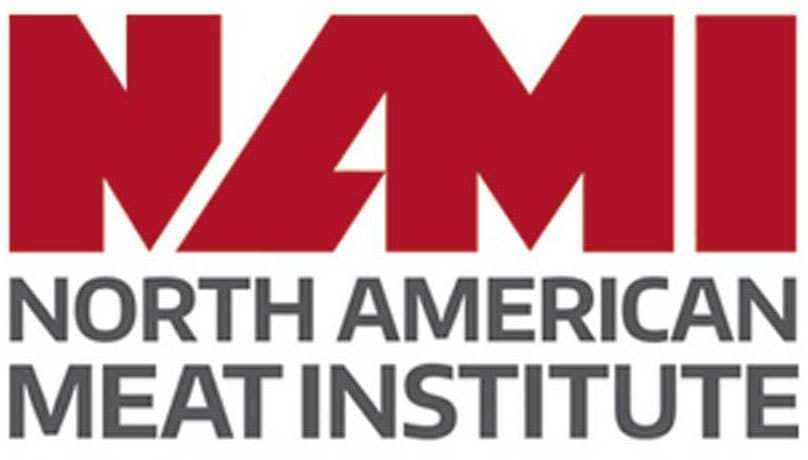
FAO Pilot Project Assists Countries in Developing Food Safety Indicators
Several countries in Asia have asked the Food and Agricultural Organization of the United Nations (FAO) to provide guidance on the development of food safety indicators. The pilot project supports the potential use of food safety indicators to strengthen national control systems, but results are not always comparable between countries.
Using indicators, data are gathered to provide evidence for action, allocate resources, identify gaps, measure achievement and progress, and support food safety improvement project proposals.
FAO’s guide aims to provide countries with technical advice to develop national food safety indicators that serve country-specific objectives. The guide will equip food safety competent authorities with instruments and experience-based tips to effectively develop and use food safety indicators and tailor them to fit their countries’ contexts.
FAO also said that indicators used by different countries should not be compared and are not a scoring system or a benchmark for country comparisons. The numbers of foodborne infections, outbreaks, and cases of contamination are not suitable to measure the food safety situation in a country. If a country doesn’t have an effective disease-surveillance system for foodborne diseases, then it may have a limited amount of data or none at all, which means that the number of reported infections could be deceptively low; it doesn’t necessarily mean the country has a low number of foodborne illnesses.
Food safety indicators can be used as a tool for collaboration; their scalability makes them ripe for implementation at the global level. This guide was created to provide each country with the information it needs to begin the process of developing food safety indicators. FAO will continue to support its member countries that request assistance in this area. Through food safety indicators, FAO aims to provide all members with a functional tool to ensure that safe food is achievable for all.
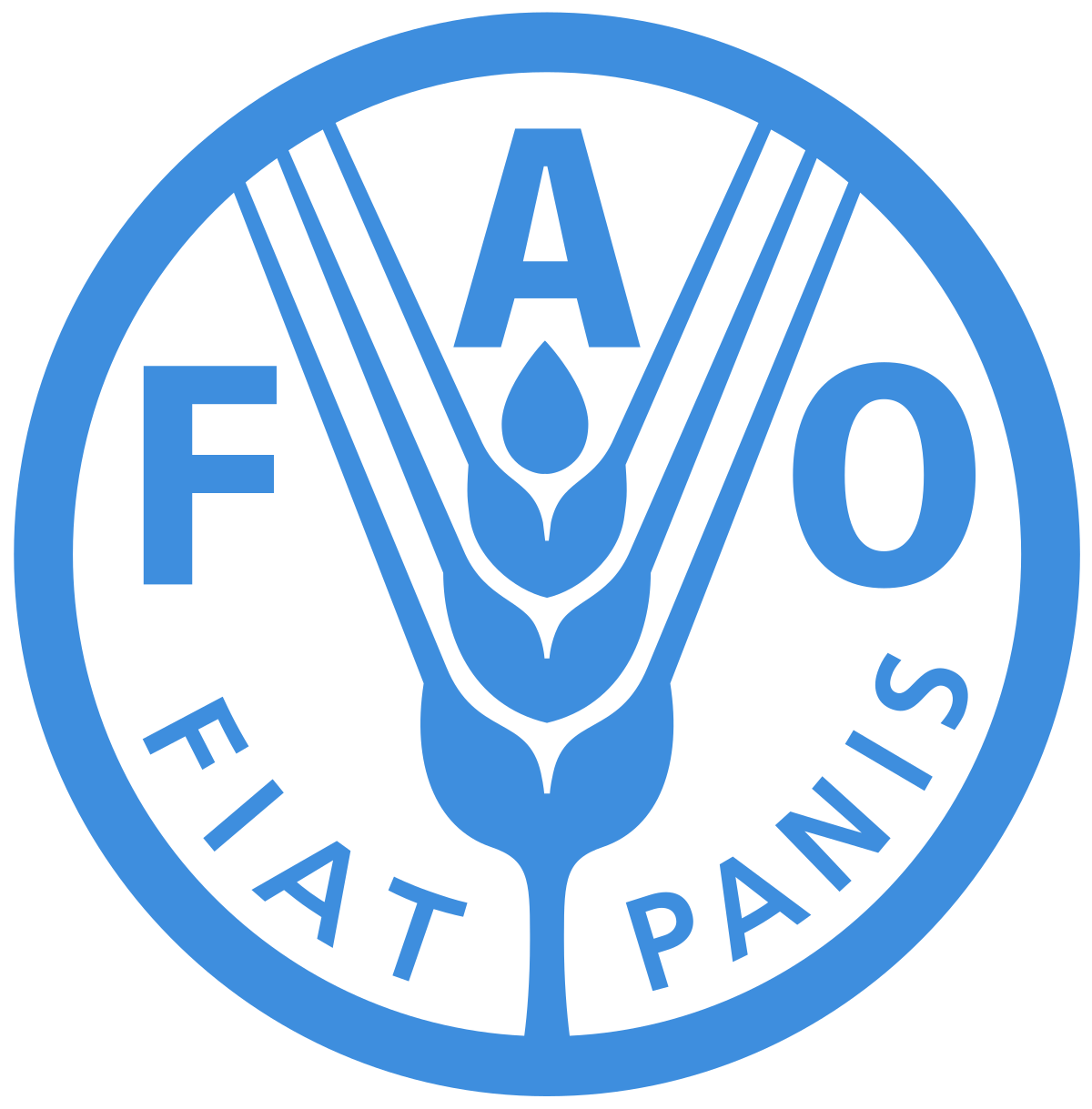
STOP Foodborne Illness Pushes FDA to Modernize Food Recalls
STOP Foodborne Illness has finalized recommendations to the U.S. Food and Drug Administration (FDA) to modernize the nation’s food recall system. The recommendations are in conjunction with the first anniversary of FDA’s “New Era for Smarter Food Safety Blueprint.”
The document, entitled Collaborative Plan to Achieve Customer-Focused Recall Modernization, outlines the steps needed for the U.S. to improve its recall process. FDA made updating procedures for reaching out to consumers about potentially unsafe food products a priority when it issued its New Era for Smarter Food Safety Blueprint on July 13, 2020.
STOP Foodborne Illness’s recommendations for two of the core elements of the blueprint include:
1. Tech-Enabled Traceability
Identify and address inconsistency in recall avoidance and limitation strategies. Best practices are needed to develop more effective approaches to lot management, clean breaks, and sampling.
Identify best practices in information sharing throughout the food supply chain to facilitate the recall process.
Review current outbreak and response protocols to identify ways to accelerate information sharing. Align Reportable Food Registry (RFR) and recall process to share information digitally.
Identify causes and propose solutions to inconsistencies in how and when a recall is triggered.
Identify the cause and impact of inconsistent and inefficient decision-making within firms involved in recalls regarding communication and interaction with agencies on what should be recalled, how much should be recalled, and what information is communicated.
2. Smarter Tools and Approaches for Prevention and Outbreak Response
Identify and implement consistent policies that can be established by federal, state, and local partners for outbreak investigation and recall initiation.
Streamline information sharing between federal, state, and local agencies to share relevant information about investigations and recalls. Recall effectiveness checks are often done at the state and local level, but investigators do not have access to information provided to FDA. Sharing information would make the current process more efficient. Technology should be evaluated to increase efficiency and information sharing. Providing states with direct access to information would facilitate the process. Focus should be on consumer perceptions and actions and not on counting packages and cases.
Explore mechanisms to harmonize FDA and U.S. Department of Agriculture (USDA) recall communications to consumers.
Apply consistent policies for recalls, recall communications, recall effectiveness checks, and classification of recalls.
Explore use of technologies to enhance recall communication and effectiveness.
Enhance connectivity of data from RFR submissions to inform food recalls and sharing of data.
Evaluate ways consumers receive and develop tools to provide real-time recall notifications. Leverage public/private information sharing.
The blueprint encouraged the use of register lockdowns. This is a widely used practice at the point of sale. The action blocks sale of any product sharing the same SKUs. Lot-specific blocking is not currently supported. This is often one of the first steps in recall execution and happens within minutes to hours of recall notification from suppliers. FDA and the USDA Food Safety and Inspection Service should work with the food industry and support commonly adopted practices.
Create a consumer-focused risk communications strategy.
Obtain information and evaluate research on consumer perceptions and behavior related to recalls.
Create an Oak Ridge Institute for Science and Education Research Fellowship to evaluate effective recall modernization and consumer communication tools to drive change. Promote evidence-based risk communication approaches and apply them to recall communications.
Investigate social media and the impact on recall communications.
Develop evaluation tools for recall effectiveness, including knowing if consumers have disposed of or returned recalled products.
STOP Foodborne Illness's proposal will be followed by the group’s continued engagement with regulatory agencies to create a joint recall modernization action plan and recruitment of members (industry, advocacy, and consumers) into a regulatory coalition.
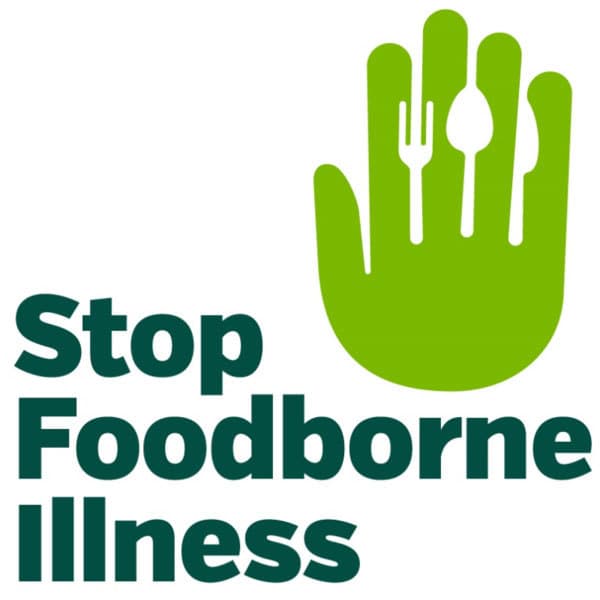
Image credit: Dr_Microbe/iStock / Getty Images Plus via Getty Images

Eriez® has selected Eric Adams to serve as managing director for the company’s newly established Eriez Deutschland GmbH, based in Recklinghausen, Germany. The company has also promoted Gareth Meese to regional sales director of Europe, the Middle East, India, and Northern Africa.

The World Health Organization has appointed Felicia Wu, Ph.D., the John A. Hannah Distinguished Professor in the Michigan State University Departments of Food Science and Human Nutrition and Agricultural, Food and Resource Economics, to its Foodborne Disease Epidemiology Reference Group.
Yakima, WA–based Kwik Lok Corp., the originator of bag closures, has added Microsoft Principal Project Manager Jeff Mendenhall to its board of directors.

The national nonprofit public health organization STOP Foodborne Illness has announced that Shrinidhi “Nidhi” Joshi has been named its 2021–2022 Dave Theno Food Safety Fellow. Joshi was selected by a committee composed of professionals and educators from STOP and from the Michigan State University Online Food Safety Program.
Shane Smith was recently promoted to president and chief executive officer of Smithfield Foods Inc.
The Consumer Goods Forum, the global body pursuing purpose and positive change across the consumer goods industry, has announced that two new cochairs have been elected to its board of directors: Daniel Zhang, chairman & CEO of Alibaba Group, and James Quincey, chairman & CEO of the Coca-Cola Company.
PSSI, a food safety and contract sanitation provider, appointed Doug White to the newly created position of chief operating officer and promoted Jake Watts to its executive leadership team as senior vice president of shared services.



ADAMS
JOSHI
WHITE
WATTS
SMITH
Food Safety Net Services Merges with Certified Group
Warburg Pincus has announced an investment in Food Safety Net Services (FSNS), a provider of laboratory testing services for customers in the food and beverage end markets, which will merge with Certified Group, a North American platform provider of testing and regulatory consulting services. The merger will create a leading national testing platform and represents a highly differentiated testing services provider in North America, enabling FSNS to expand its geographic footprint and service offerings and enhance access to technical expertise by additional industry-leading scientists across segment categories.
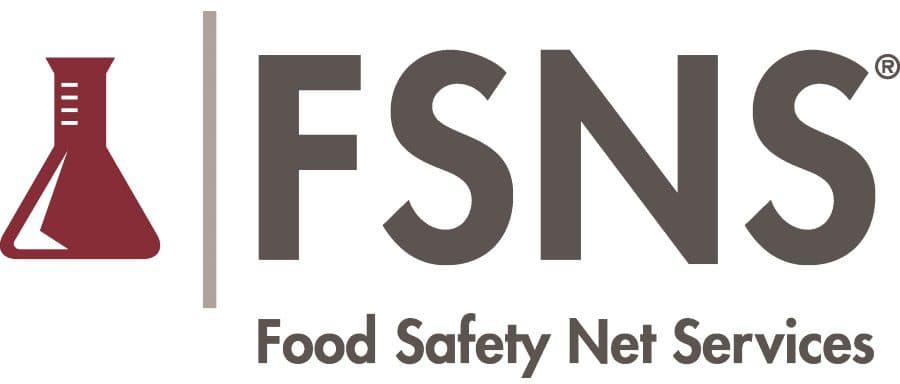
Thermo Fisher Receives AOAC Approval for Salmonella Assay
Thermo Fisher Scientific has announced that their SureTect Salmonella spp. PCR assay has been granted AOAC Official Method Analysis status. The method was validated against the U.S. Food and Drug Administration’s Bacteriological Analytical Manual, U.S. Department of Agriculture Food Safety and Inspection Service methods, and ISO reference methods, giving food laboratories the world over confidence in the robustness of the assay and the accuracy of its results.


ONLINE & OF NOTE
SSAFE has launched a free entry-level tool to help food companies worldwide measure the “people” element of their food safety culture and accelerate the development and implementation of strong food safety cultures. This free tool is available in 55 languages and takes users through a series of 15 questions in less than 10 minutes. Upon completion by the team, managers will be able to identify key strengths and weaknesses of their food safety culture, showing them where to improve and strengthen their efforts. This tool is very effective for companies starting on their journey to assess and strengthen their food safety culture over time.
